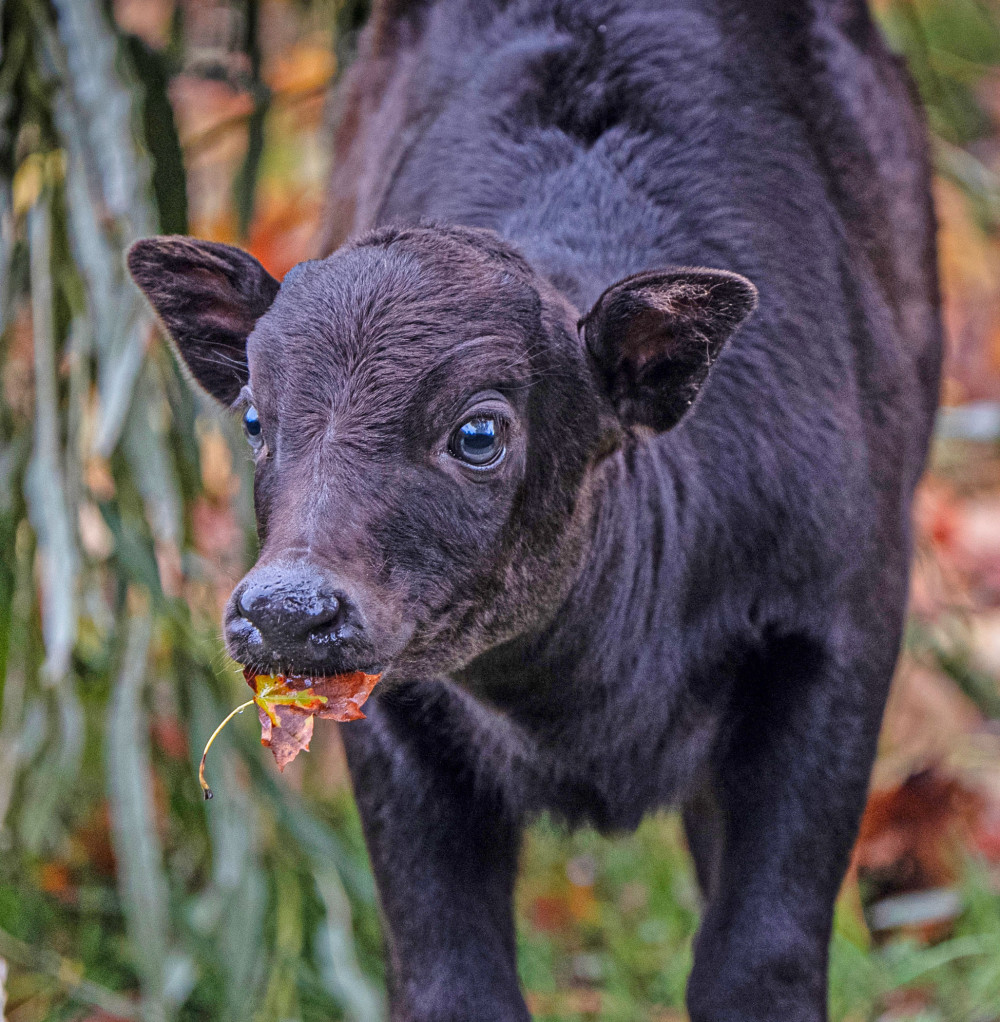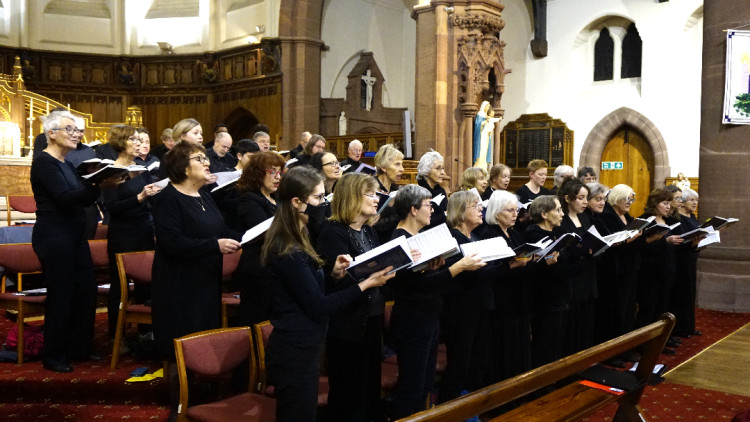The Chester scientists working to save the world's smallest buffalo
By Dherran Titherington 30th Jul 2025
By Dherran Titherington 30th Jul 2025

The world's smallest buffalo species is also one of its rarest – but Chester Zoo scientists are working to change that.
Anoa, a critically endangered species of wild cattle, are in focus during Action Indonesia Day this August.
Numbers of the species have dropped dramatically in the wild over the last century.
There are roughly 2,500 still in their native Indonesian habitats and they face habitat loss, poaching and the danger of diseases passed on by domestic cattle.
Chester Zoo is supporting conservation of these species in the wild, while scientists are supporting a bid to grow a healthy population within human care.
There are currently about 35 anoa within European Association of Zoos and Aquaria (EAZA) zoos. This population is small, and there have only been two births across all zoos in the last year.
The zoo's scientists are currently leading on a European wide study to look at the reproductive physiology of the lowland anoa - to better understand the reproductive mechanisms of the species.
"We want to understand how we can detect pregnancy earlier to ensure we have the best information to look after the anoa, and to understand why they aren't getting pregnant in the first place," said John O'Hanlon, conservation scientist at the zoo.
"Chester Zoo has had multiple successful anoa births and anoa have bred in other zoos in Europe, but a large section are not breeding successfully.
"These checks aren't as easy as doing a pregnancy test."
For one thing, while some species like rhinos show a dramatic shift in their hormone levels – detectable through faecal samples – these small buffalos do not.
To find out what's going on, faecal samples collected by zoos over a 12 month period are sent to Chester Zoo's International Centre of Zoo Science and tested in its endocrinology lab.
John and his colleagues look at three different hormones: progesterone and an oestrogen metabolite (a molecule when the hormone is metabolised by the cow), and testosterone in males. So far, the lab has received approximately 1,500 samples.
The scientists then draw the hormones out using an alcohol solution and perform assays – tests to measure the presence of amino acids - on the resulting sample.
John said: "So far we have been able to see oestrus cycles within the species and have been able to detect pregnancy non-invasively earlier than we anticipated, which is positive.
"The support from the other zoos is vital.
"It increases the sample size from the two anoa we have here, so we can compare breeding pairs to see why there are differences.
"It's challenging, but we're getting there."
Once the results are out, the information should help institutions across Europe boost anoa numbers.
Chester Zoo is holding an ongoing fundraiser to support anoa, banteng and babirusa conservation work. To donate, please visit here.
CHECK OUT OUR Jobs Section HERE!
chester vacancies updated hourly!
Click here to see more: chester jobs
Share:











